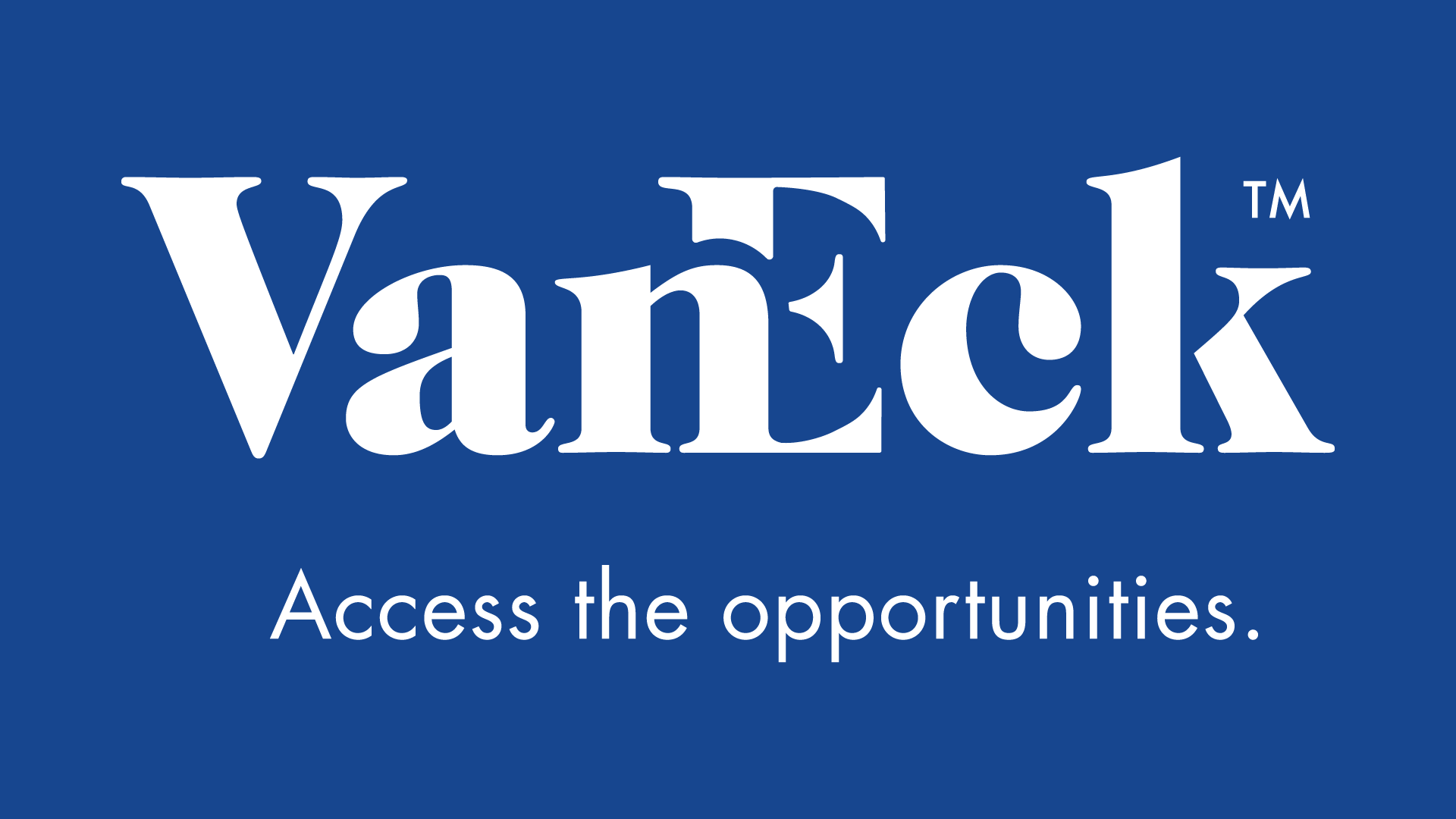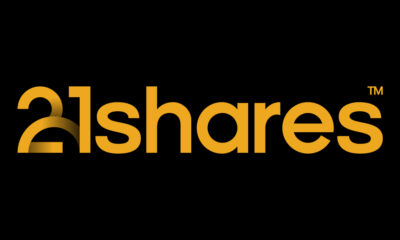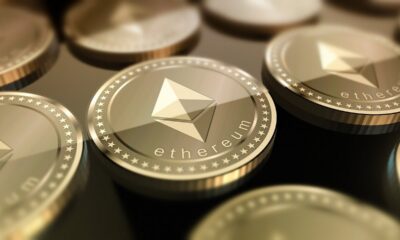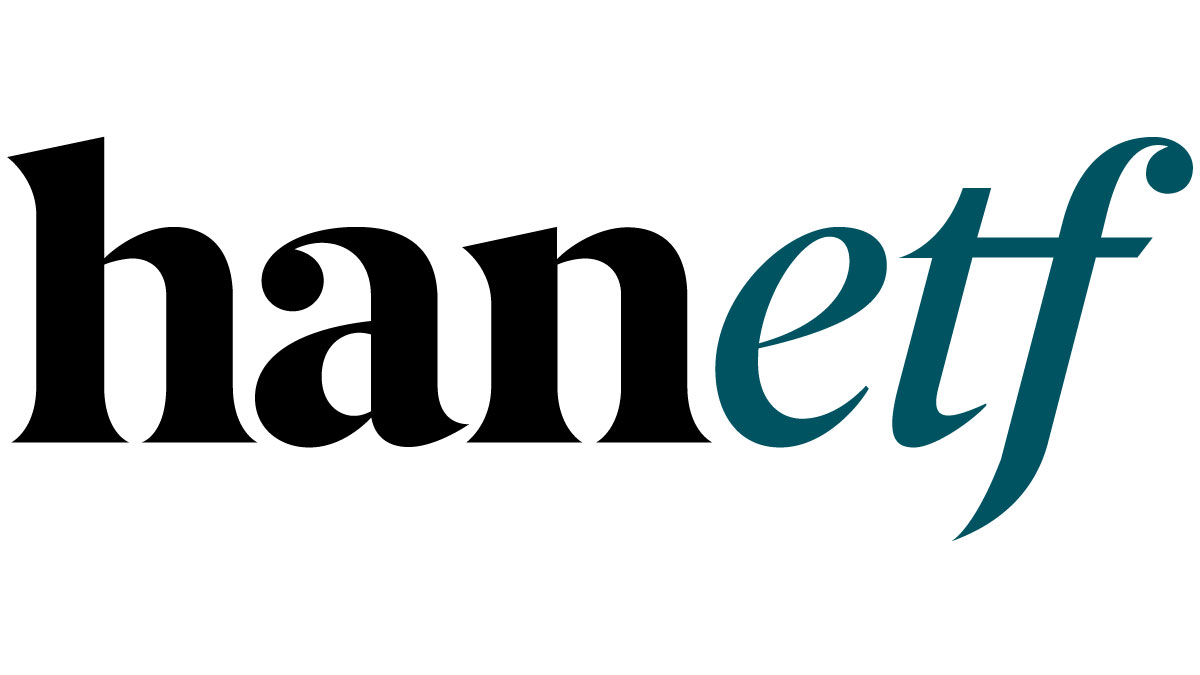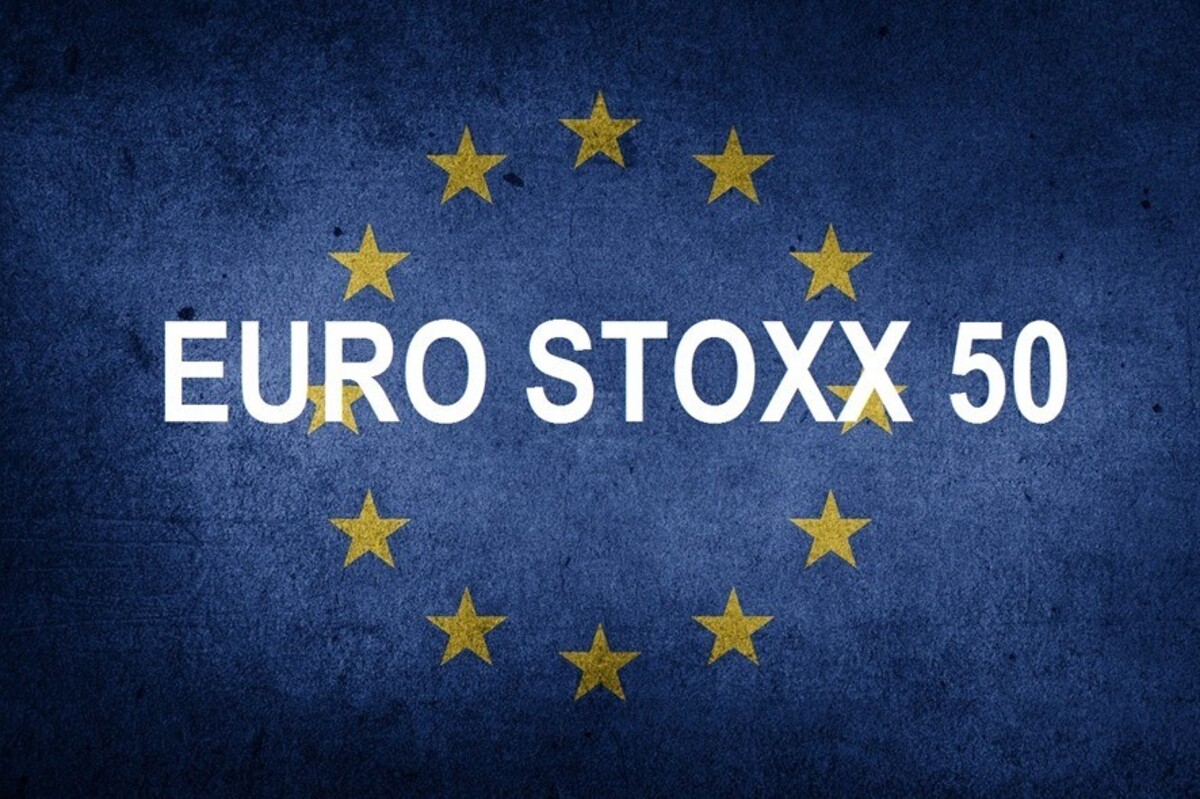Weaker US Dollar, Investment Demand Sustains Gold’s Momentum in April by Joe Foster, Gold Strategist
Gold’s positive momentum continued in April. Bullion traded as high as $1,289.60 per ounce on April 18, driven primarily by weaker than expected U.S. economic data. Most notably, figures released in the jobs report were below expectations and additionally, U.S. factory output surprised on the downside. Gold also gained support from comments by President Trump during an interview on April 12, in which he stated that the U.S. dollar was getting too strong and that he would prefer that the Federal Reserve keep interest rates low. The U.S. dollar (DXY Index 1) weakened 1.30% during the month. By April 18, markets were not pricing in another Fed rate hike in June, with the implied probability at only 43.7%. However, markets perceived the outcome of the first round of the French presidential elections positively, fueling risk-on sentiment, and pushing down the price of gold in the last week of April. As of May 1, markets were attaching approximately a 70% probability to a June Fed rate hike and a 72% probability to a July hike. Gold ended April at $1,264 per ounce, up $18.94 per ounce or 1.52%.
Demand for gold bullion backed exchange traded products (ETPs) picked up again in April with holdings up approximately 1.4% for the month and 4.6% year to date. We track flows into the gold bullion ETPs as we think investments in those products typically represent longer-term, strategic investment demand for gold and as such, provide an excellent proxy for the direction of the gold market.
Gold Stocks Display Rare Behavior Relative to Bullion
Gold stocks underperformed the metal, which is atypical for a period in which the price of gold increased. The NYSE Arca Gold Miners Index 2 (GDMNTR) fell 1.9% and the MVIS Global Junior Gold Miners Index 3 (MVGDXJTR) dropped 10.8% during the month.
With regards to small cap companies, we believe the underperformance of the group is related to trading activity following an index announcement on April 12, 2017 indicating an upcoming rule change for the MVIS Global Junior Gold Miners Index. This upcoming rule change expands the universe of companies eligible for inclusion in the Index effective June 17, 2017. It appears to us that the market’s reaction was to sell, ahead of the Index rebalance date, those companies that are expected to be reduced to make room for the new companies that will be added to the Index, resulting in significant selling pressure. We expect some volatility in the share price of the junior companies making up the Index to continue until the June Index effective date. However, we view this share price action as temporary, and expect a return to more normal trading activity, with the fundamental aspects of the stocks driving their price in the longer term.
In the case of larger market cap equities, the underperformance was driven by a 12% drop in the share price of Barrick Gold (1.9% of net assets). On April 24, Barrick reported 1Q 2017 results that missed expectations, due primarily to operational issues that the company expects to resolve shortly. However, this was received very negatively by markets, which have become accustomed to Barrick consistently meeting or exceeding expectations during the past couple of years. Although there were a few other negative surprises, overall, the seniors and mid-tier companies reported 1Q results that met or exceeded expectations.
Gold equities should outperform gold bullion during rising gold prices and underperform if gold prices fall. Although this expected relative performance may not hold during certain periods (as was the case in April), gold equities have consistently demonstrated their effectiveness as leverage plays on gold during the past several years (see the chart below).
(click to enlarge)
Gold Market in April Provides Insight for 2017 and Beyond
It’s conceivable that the gold market for the year 2017 may end up looking like it did in April; i.e., characterized by short rallies followed by pullbacks, as the market’s assessment of the health and prospects of the U.S. economy and the Fed’s rate outlook lifts or depresses the gold price. We see the gold price well supported within a range centered on the $1,250 level in 2017, as it establishes a new base that started forming in 2016. There is potentially significant risk and uncertainty that could drive the gold price higher, and it certainly seems possible that the geopolitical or financial outlook could turn negative rather quickly. Beyond 2017, adverse events, we believe, become increasingly likely as the post-crisis expansion ages and if the bull market in stocks and bonds loses steam. These are the types of “risk-off” events that we believe will likely compel investors to seek protection by investing in gold and gold equities.
Gold Stocks Typically Provide Leverage to Gold and Current Valuations Remain Attractive
Gold mining equities offer leveraged exposure to gold. The leverage comes from earnings leverage; as the gold price increases, the change in the company’s profitability significantly outpaces the change in the gold price. In addition, at higher gold prices, in-the-ground resources have a higher value, and the company’s exploration efforts, project expansions, operational improvements, and potential acquisitions also become more valuable. This explains why gold stocks trade at premium valuation multiples. Looking at historical valuation levels, as illustrated by the price-to-cash flow chart below, we see that stocks are currently trading at multiples that are below the long-term average, and well below the multiples reached during the peak of the last bull market.
(click to enlarge)
Agnico-Eagle Mines: What Makes a Premium Rated Gold Stock
We look at relative valuations among our coverage universe to identify undervalued and overvalued stocks. Stocks that trade at above average multiples may be too expensive, or they may be deserving of a higher multiple derived from their higher growth potential (as measured, for example, in free cash flow per share and not just in ounces) and lower risk profile. A look into one of our top holdings, Agnico-Eagle Mines (5.5% of net assets), is helpful in understanding what it takes to be a premium rated stock in the gold market.
Listed below are some of the primary reasons we believe the Agnico-Eagle Mines stock deserves a premium rating:
- A track record of consistently meeting or beating expectations in recent years. Agnico’s 1Q 2017 results released at the end of April once again exceeded estimates for earnings, production, and costs. In addition, the company increased its production guidance for 2017.
- A strong, experienced management team. Sean Boyd has been Agnico’s CEO since 1998 and has been with the company since 1985. He was one of the few CEOs to survive the sector-wide management changeover that occurred a few years ago. Many members of Agnico’s management team have been with the company for more than a decade. This continuity, we believe, is tightly linked to the company’s success. Agnico has by no means escaped the perils of the gold mining industry. In 2011, its Goldex mine (now back in production) had to be shut down due to rock failure that led to ground subsidence and stability issues, and the write off of the company’s investment in Goldex. Travails in Finland, during the start-up of its Kittila mine in 2009, are also part of the company’s recent history. In our view, this diversity of experiences, combined with key management continuity, has shaped Agnico into the industry leader it is today.
- Unmatched growth potential among the senior gold producers. We estimate Agnico’s five-year production growth at more than 25%, leading to a corresponding growth in operating cash flow. In contrast, most other seniors are struggling to sustain production.
- The right number of operations in the right places. Agnico operates five mines in Canada, one in Finland, and two in Mexico. This is right about the maximum number of operations and regions we like to see gold companies managing, and they are all in mining friendly jurisdictions.
- Potential for further discoveries. Agnico has had a successful strategy of finding or acquiring new projects by combining a consistent focus on exploration with investment in early-stage opportunities/companies. Agnico is currently developing the high-grade Meliadine project in Nunavut, Canada, with reserves of 3.4 million ounces, and the Amaruq deposit, a satellite deposit to the existing Meadowbank operation.
We have written extensively about the positive, post bull market transformation of the gold sector into a healthy, cash flow generating business, offering attractive returns. A re-rating of the entire sector to reflect this transformation is justifiable in our view. Companies need to continue to demonstrate that they are deserving of the premium valuation multiples they have historically enjoyed. The formula, although complex, is not too complicated: Increase the potential and ability to develop gold deposits into profitable and sustainable mines while reducing the risks associated with those developments, and the company should enjoy a re-rating by the market.
1 U.S. Dollar Index (DXY) indicates the general international value of the U.S. dollar. The DXY does this by averaging the exchange rates between the U.S. dollar and six major world currencies: Euro, Japanese yen, Pound sterling, Canadian dollar, Swedish kroner, and Swiss franc.
2 NYSE Arca Gold Miners Index (GDMNTR) is a modified market capitalization-weighted index comprised of publicly traded companies involved primarily in the mining for gold.
3 MVIS™ Global Junior Gold Miners Index (MVGDXJTR) is a rules-based, modified market capitalization-weighted, float-adjusted index comprised of a global universe of publicly traded small- and medium-capitalization companies that generate at least 50% of their revenues from gold and/or silver mining, hold real property that has the potential to produce at least 50% of the company’s revenue from gold or silver mining when developed, or primarily invest in gold or silver.
by Joe Foster, Portfolio Manager and Strategist
With more than 30 years of gold industry experience, Foster began his gold career as a boots on the ground geologist, evaluating mining exploration and development projects. Foster is Portfolio Manager and Strategist for the Gold and Precious Metals strategy..
Please note that the information herein represents the opinion of the author and these opinions may change at any time and from time to time.
Important Disclosures
This commentary originates from VanEck Associates Corporation (“VanEck”) and does not constitute an offer to sell or solicitation to buy any security.

 Nyheter2 veckor sedan
Nyheter2 veckor sedan
 Nyheter4 veckor sedan
Nyheter4 veckor sedan
 Nyheter2 veckor sedan
Nyheter2 veckor sedan
 Nyheter4 veckor sedan
Nyheter4 veckor sedan
 Nyheter2 veckor sedan
Nyheter2 veckor sedan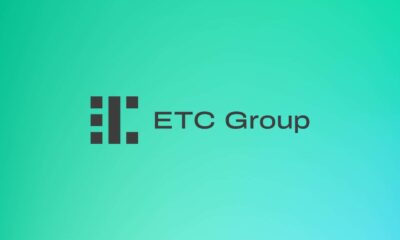
 Nyheter4 veckor sedan
Nyheter4 veckor sedan
 Nyheter3 veckor sedan
Nyheter3 veckor sedan
 Nyheter4 veckor sedan
Nyheter4 veckor sedan
